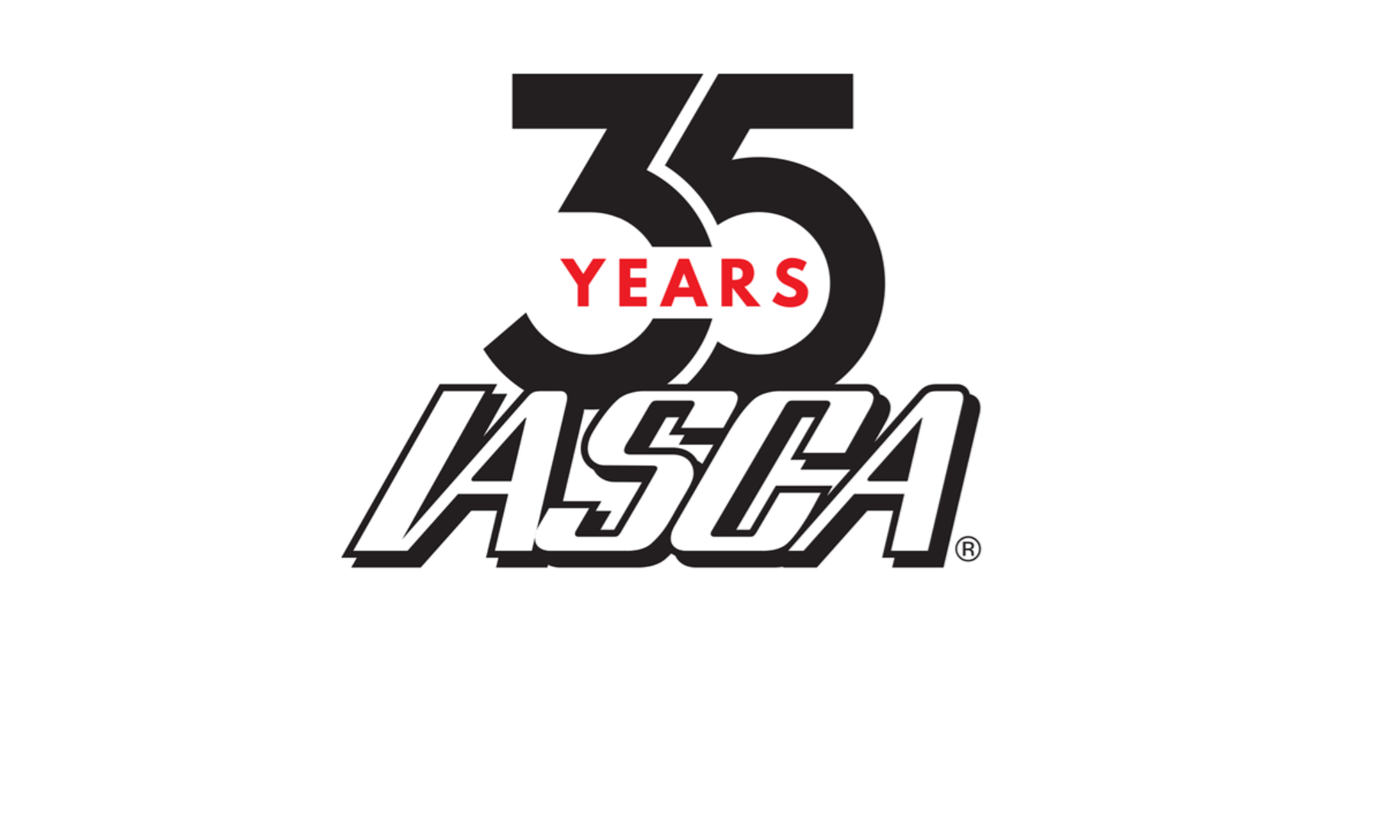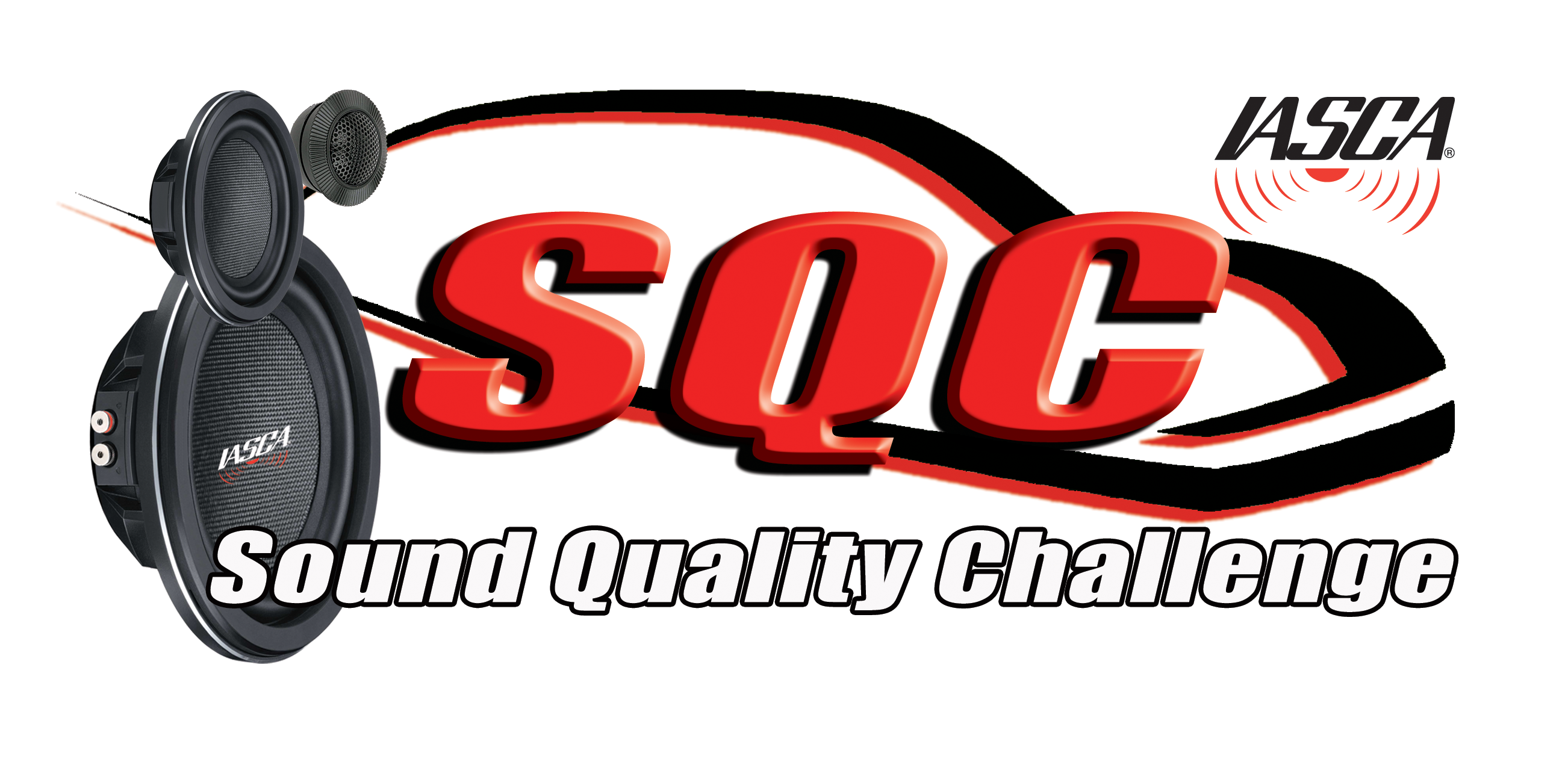The intent of IASCA’s SQC (Sound Quality Challenge) format and its rules is to provide a fair, fun and unbiased sound judging format , evaluating automotive sound systems in five critical areas of sound reproduction; Tonal Accuracy, Sound Stage, Imaging, Linearity and Absence of Noise. SQC does not take into account the quality of the installation, only how good it sounds.
Tonal Accuracy evaluation determines the system’s ability to reproduce the sounds as they were meant to sound (guitar sounds like a real guitar, drums like real drums, trumpet like a real trumpet), dividing the sound spectrum into five sections (Sub Bass, Mid Bass, Midrange, High Frequencies and Spectral Balance.
Staging evaluation determines how well the system is able to visually reproduce the actual sound stage and the judge’s position relative to the stage.
Imaging evaluation determines the sound system’s ability to accurately portray each instrument in its proper location on the sound stage, as well as its position relative to the other instruments and vocals on the stage in proper scale and focus.
Linearity evaluation determines the system’s ability to reproduce the music in the exact same way at varied volume levels, from low to moderate to high volume.
Absence of Noise evaluation checks for any external electrical or mechanical noises that interfere with the system’s ability to reproduce the music accurately and realistically.
When combined, a system that is able to excel in these areas will sound natural and give the feeling of listening to the live performance.
Evaluation is completed with the premise that the judge is listening to the system as it would be used in a real world application (the user driving down the road listening to the music). Certain classes are designed for vehicles that are not intended for road use, but that is the basic premise for judging.
There are seven Classes in SQC; Rookie, Amateur, Pro/Am, Pro, Ultimate, Expert and Expert Solo. The first four Classes (Rookie, Amateur, Pro/Am, Pro) are evaluated in what has become termed as “single seat” or “one seat” judging, where the judge evaluates the system from a seated position in the driver’s seat of the vehicle.
The Ultimate and Expert Classes are evaluated in the “two seat” judging format using to judges, one each seated in both the driver and passenger front seats, while Expert Solo is evaluated by two judges, one at a time, from the front driver’s seat position.


